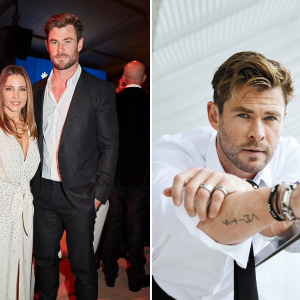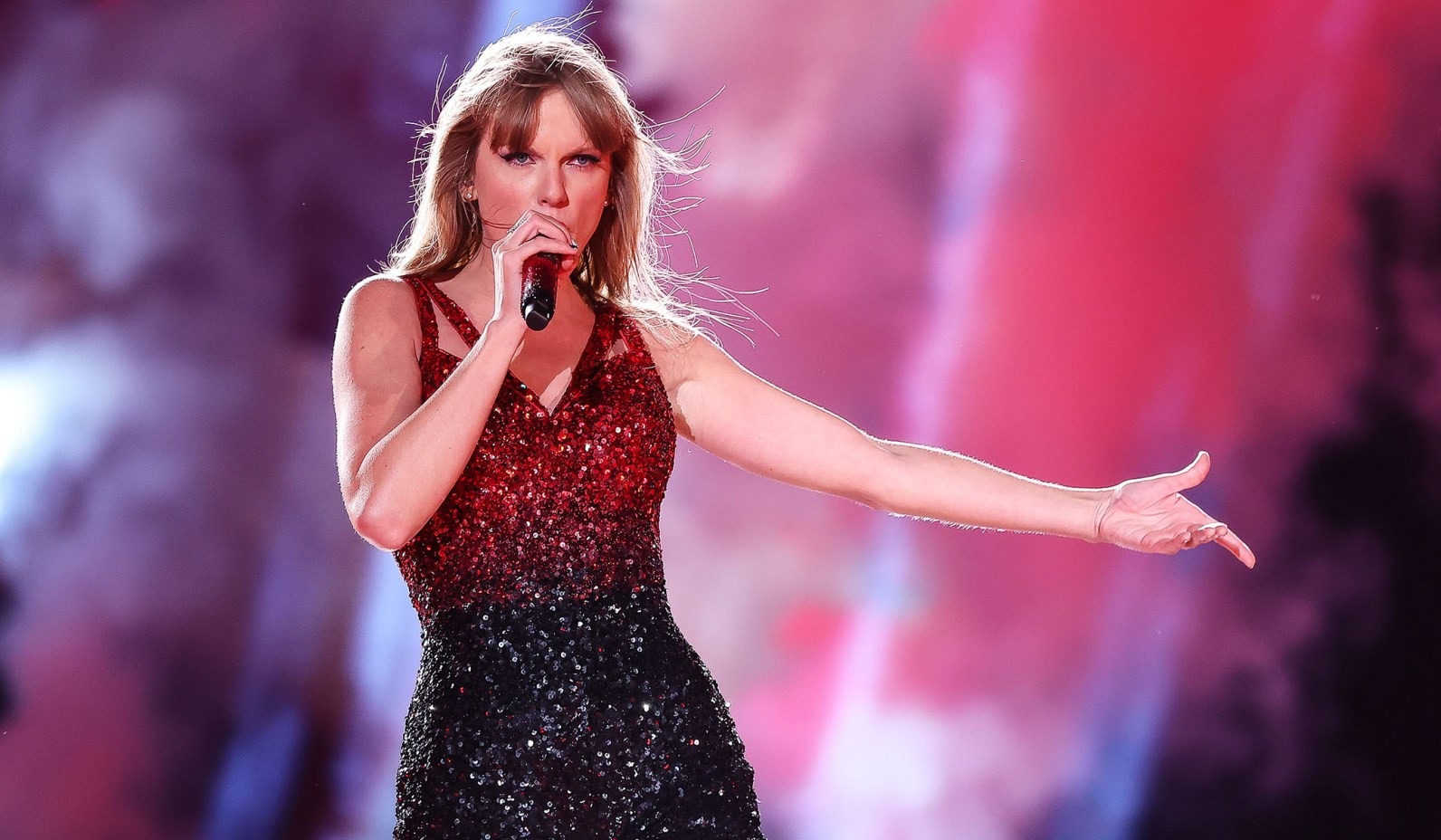
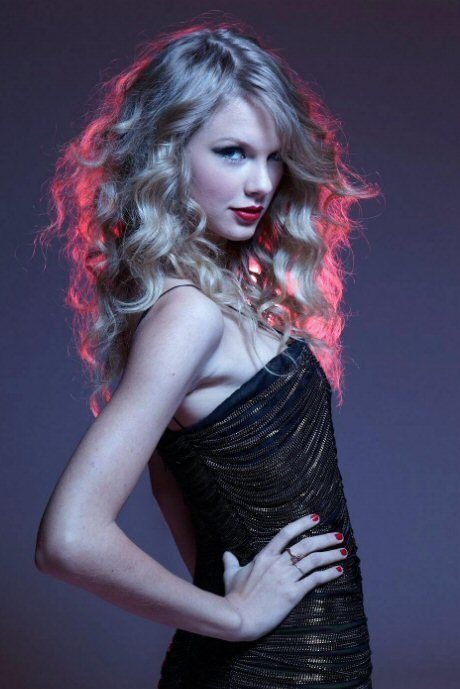 During the process of entering adulthood — coming into the full capacity of one’s own mind — there is a constant reanalysis of the world and of what constitutes reality. For a quick example: Think of the difference between a daughter’s relationship with her parents when she is a child, then a teenager, and then an adult. The daughter grows to view her parents — who remain the same — as wise friends rather than infallible sources of authority. Reality does not change, but the daughter’s perception of it does. Or, for another example: Think of the way that a girl’s understanding of love changes from that first, gangly profession of a mutual crush on the high-school bleachers to the profession of vows at the altar. This is the kind of world-reckoning that Swift undergoes each time she comes out with a new album, i.e., a new version of herself. She takes stock of everything she has learned and experienced up to that point in her life and re-evaluates it (and then shares her newly gained worldview with the masses, set to catchy tunes).
During the process of entering adulthood — coming into the full capacity of one’s own mind — there is a constant reanalysis of the world and of what constitutes reality. For a quick example: Think of the difference between a daughter’s relationship with her parents when she is a child, then a teenager, and then an adult. The daughter grows to view her parents — who remain the same — as wise friends rather than infallible sources of authority. Reality does not change, but the daughter’s perception of it does. Or, for another example: Think of the way that a girl’s understanding of love changes from that first, gangly profession of a mutual crush on the high-school bleachers to the profession of vows at the altar. This is the kind of world-reckoning that Swift undergoes each time she comes out with a new album, i.e., a new version of herself. She takes stock of everything she has learned and experienced up to that point in her life and re-evaluates it (and then shares her newly gained worldview with the masses, set to catchy tunes).

Let’s call this her idealism era. This period is marked by her first three albums: Taylor Swift (2006), Fearless (2008), and Speak Now (2010). Her music from this era does not challenge conventions, systems, or stereotypes. Rather, it largely recounts her pure, girlish experiences of the world. She is just a teenager, learning what it means to like boys for the first time and trying to discover her purpose in life.
Fundamentally, during this era, Swift believes that the Good is out there. Take, for example, lyrics from “Teardrops on My Guitar” (2006):
He’s the reason for the teardrops on my guitar
The only thing that keeps me wishing on a wishing star
He’s the song in the car I keep singing, don’t know why I do
This kind of idealistic wishing for a pure Love is also evident in “Love Story” (2008):
Romeo, take me somewhere we can be alone
I’ll be waiting, all there’s left to do is run
You’ll be the prince and I’ll be the princess
It’s a love story, baby, just say, “Yes”
Swift does not yet see the world as broken and oppressive. She still believes in fairy tales and thinks that the boy down the hall might be her Prince Charming. Of course, this will all change.
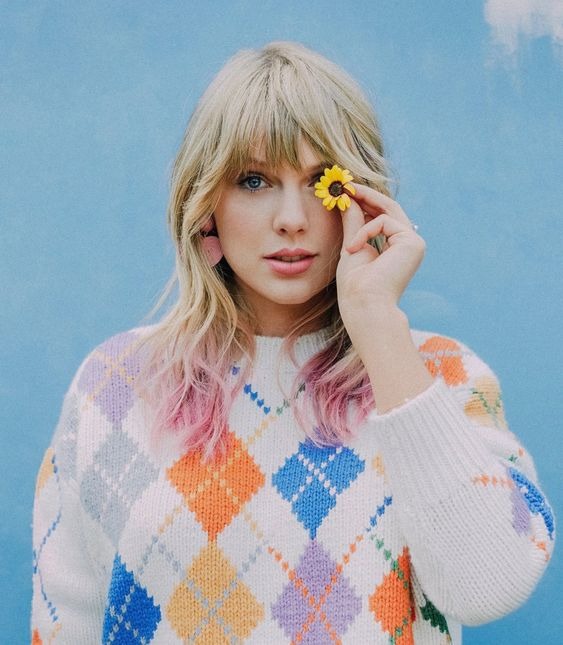 Swift’s next era begins with Red (2012), whose album cover signals the shift in her worldview. In her first three albums, she graces the front with flowing dresses, curled hair, and a categorically feminine aura. In Red, her hair is straight, her eyes are shadowed by a fedora, and her lips are painted the titular color. Her edgier appearance signals that she has become skeptical of the fairy tales she hoped for in the first three albums, as clearly displayed in songs like “Enchanted” and “Love Story.” Beginning with Red, it appears Swift has read Descartes’s First Meditation. She starts to question what she has been told and what she has thus far held to be good and true.
Swift’s next era begins with Red (2012), whose album cover signals the shift in her worldview. In her first three albums, she graces the front with flowing dresses, curled hair, and a categorically feminine aura. In Red, her hair is straight, her eyes are shadowed by a fedora, and her lips are painted the titular color. Her edgier appearance signals that she has become skeptical of the fairy tales she hoped for in the first three albums, as clearly displayed in songs like “Enchanted” and “Love Story.” Beginning with Red, it appears Swift has read Descartes’s First Meditation. She starts to question what she has been told and what she has thus far held to be good and true.
Is It Safe for Any American to Travel to Iran?
In a Community Turned Upside Down by Tragedy, ‘Thoughts and Prayers’ Are Everything
Let’s call this her modern era. It is a time of exploration, experimentation, and subjectivity. Lyrics from the song “22” capture this state: “We’re happy and free and confused and lonely at the same time.” Swift is experiencing a world of emotions that don’t fit into the categories she received as a girl on the bleachers. The world is bigger and more complicated than she thought, and she is a lone individual seeking to understand it.
The modern period continues into her 1989 (2014) album. Her idealized notion of love is gone — no more wedding bells, princess dresses, and wishing by the window; she now prefers to gain data by embarking upon new experiences with men. “Blank Space” (2014) displays this new model of behavior: “So hey, let’s be friends / I’m dying to see how this one ends / Grab your passport and my hand / I can make the bad guys good for a weekend.” It is in her modern era that she is, very publicly, dating several different guys and trying to figure out what love is. (She receives a lot of negative media coverage for such escapades during this time.)
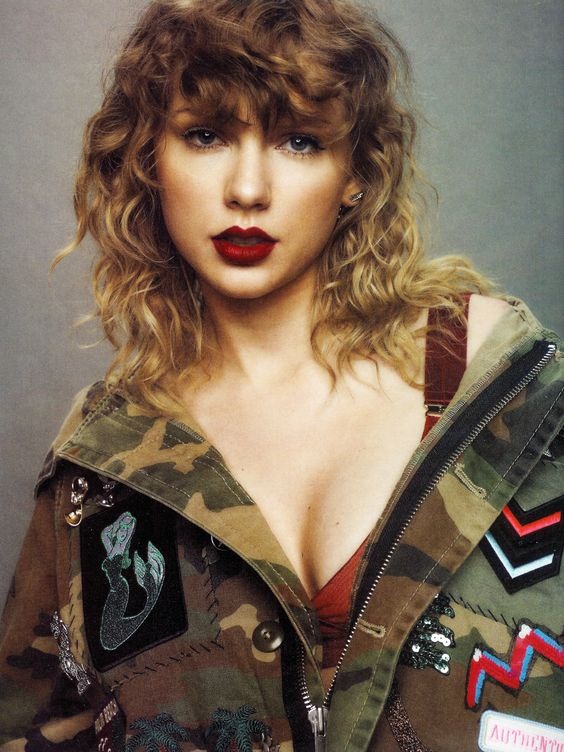
Whereas her postmodern era was largely destructive, knocking down the standards she was once held to and once held herself, her next era is largely constructive. As such, I will call it her constructionist era. Beginning with the release of Lover (2019) and continuing to the present, Swift has become the author of her own world. Her song “ME!” is a cheeky nod to such self-assertion:
Me-e-e (yeah), ooh-ooh-ooh-ooh
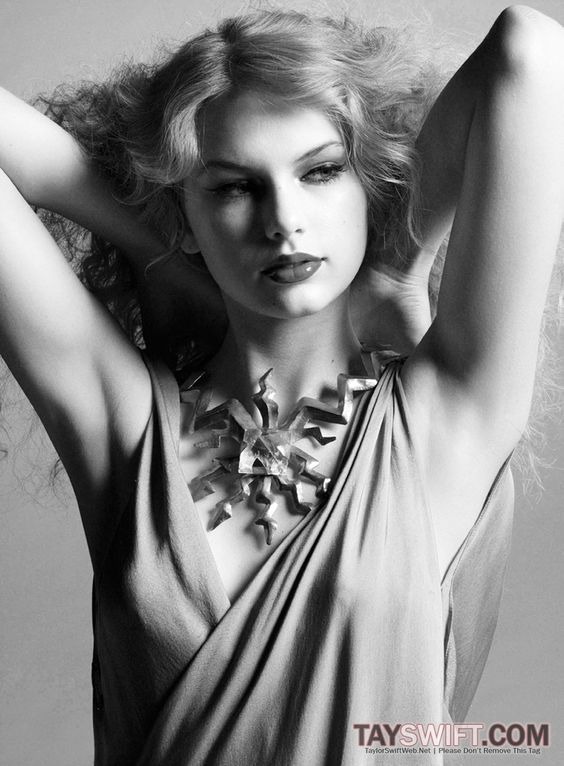 I’m the only one of me
I’m the only one of me
Baby, that’s the fun of me
“The Man” reveals that she has read Simone de Beauvoir’s The Second Sex:
I’m so sick of them coming at me again
‘Cause if I was a man
Then I’d be the man
Swift condenses de Beauvoir’s thesis: There is an evil “them” oppressing women, and success would be granted to women much more quickly if they were treated as men. Swift refers to theories of social constructionism again in “Lavender Haze” from Midnights (2022). I am sure Betty Friedan’s Feminine Mystique was a source of inspiration:
I feel the lavender haze creepin’ up on me
Surreal, I’m damned if I do give a damn what people say
No deal, the 1950s shit they want from me
I just wanna stay in that lavender haze
In her constructionist era, Swift quite literally asserted ownership of herself and her work. In 2019, the same year as Lover’s debut, Taylor Swift announced that she would re-record all of her earlier albums. This ballsy and unprecedented move came after her contract expired in 2018 and she was blocked from purchasing the rights to her past recordings.
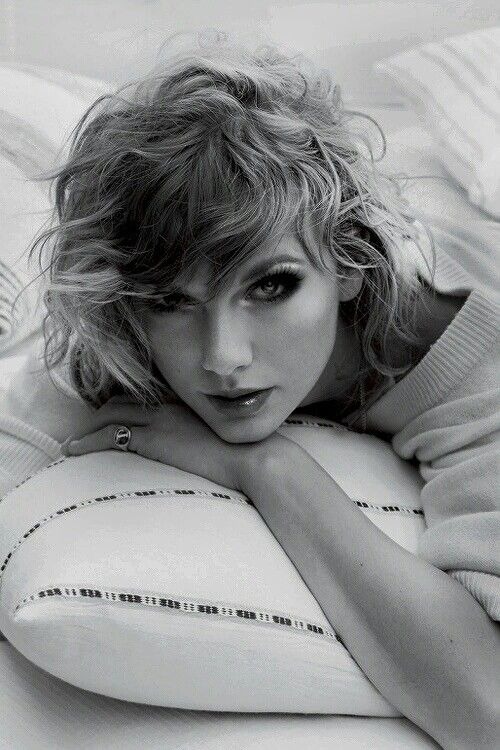
In sum, Swift’s albums offer a unique gateway into the psyche of the 21st-century woman. Her great talent lies not in her vocals or guitar-playing or dance moves (although these are certainly not shabby) but in her ability to create and re-create the experiential paradigms we all inhabit, consciously or not.
This is Taylor Swift’s world; we’re all just living in it.
